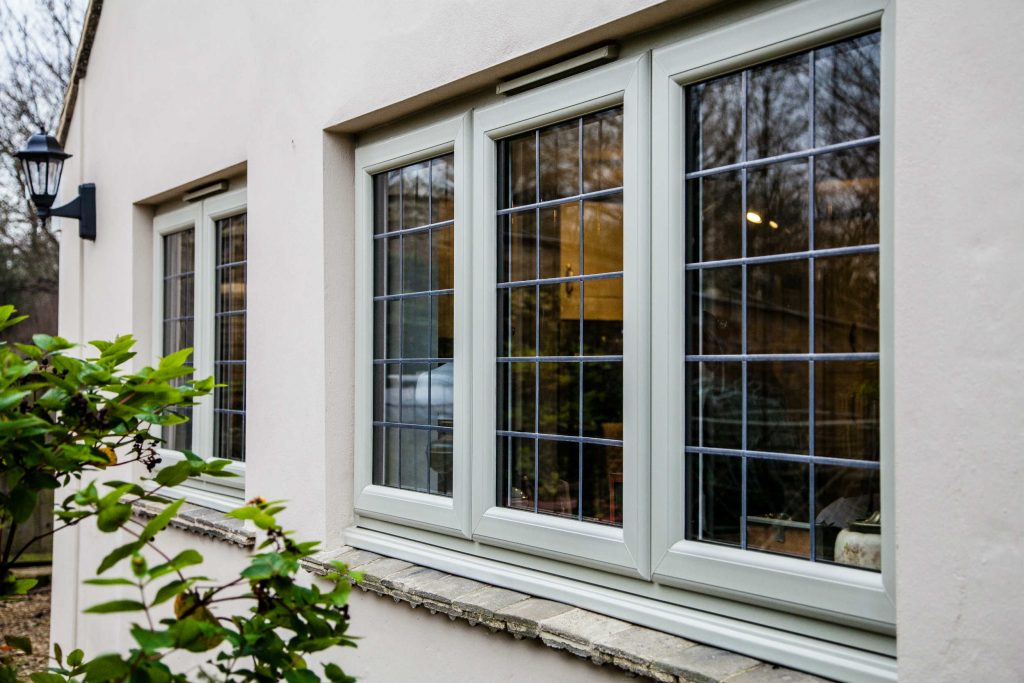All Categories
Featured
Table of Contents
Which Double Glazing Company Is The Best? in Butler Perth
Laminated glass is typically used in locations in the home most prone to injury from human effect such as bathrooms, doors, around staircases and in areas close to the flooring (it satisfies the requirements of 'shatterproof glass' that is mandated for usage in these locations by Australian Basic AS 1288 Glass in structures).
Toughened glass has actually been 'tempered' by being reheated and quickly cooled again. This process makes it much stronger than standard glass it can resist higher effect loads before breaking. It likewise makes it much safer due to the fact that, when it does shatter, it gets into lots of little cubic pieces rather than dangerous shards.
Lifestyle - West Coast Double Glazing in Singleton Perth
Toughened glass has no thermal or acoustic benefits over other glass of the exact same toning or density. Secondary glazing is where single-glazed windows are retrofitted with a transparent acrylic or glass sheet attached to the inside of the frame or openable sash with a secondary frame or with magnetic strips.


Secondary glazing will not perform too thermally as a manufactured IGU, because it is difficult to totally seal the perimeter, but it can provide good noise control. Window movies are a thin polymer film including a taking in color or reflective metal layer, with an adhesive support. They stick to your glazing to change its colour or make it reflective.
Is Double Glazing Worth It? in West Perth WA
Applied to existing glass, some window films can halve the total SHGC of the window by taking in and/or reflecting solar radiation. This can be particularly advantageous in hotter environments where cooling is the main concern, or on east and west elevations directly exposed to long durations of sunshine. Window films might also reduce noticeable light transmittance.

For this factor, it is usually best to utilize a recognized installer of window movie. Frames have a considerable influence on the thermal performance of windows and doors, due to the fact that energy can be acquired and lost through the frame, in addition to through the glass. Various types of frame will enable different levels of heat gain and loss, so cautious choice of frame is essential for efficient passive style.
Solace Creations: Home in Mosman Park WA
Nevertheless, aluminium is likewise a really good conductor of heat and will reduce the insulating worth of a glazing system, unless specifically crafted to lower this. A 'thermally broken' frame is made up of 2 aluminium areas connected by a structural insulator (typically a low-conductivity structural polymer). This 'breaks' the thermal connection through the aluminium and reduces the heat flowing through the frame.
Lumber frames are an excellent natural insulator that can match some home designs. Wood frames must be made from species that have naturally high resilience or be treated to prevent decay and contortion.
Techniques For Double Glazing Windows in Mahogany Creek Western Australia
(weather condition removing) is set up.
u, PVC doors and windows have outstanding thermal performance Picture: Ben Wrigley (Light Home Architecture and Science) Composite frames utilize aluminium profiles on the external sections with either a timber or u, PVC inner area. These integrate the low upkeep and resilience of aluminium with much enhanced thermal efficiency.
Table of Contents
Latest Posts
Energy Efficient Windows At Everest in Lakes Perth
Single Vs Double Vs Triple - Which Window Is Right For Your ... in South Fremantle Western Australia
How Are Double Glazed Windows More Energy Efficient? in Safety Bay Western Australia
More
Latest Posts
Energy Efficient Windows At Everest in Lakes Perth
Single Vs Double Vs Triple - Which Window Is Right For Your ... in South Fremantle Western Australia
How Are Double Glazed Windows More Energy Efficient? in Safety Bay Western Australia